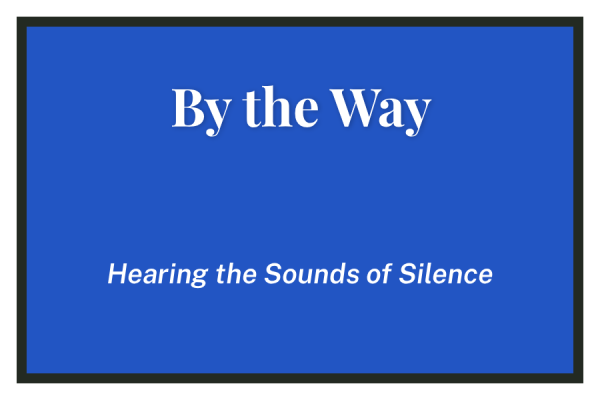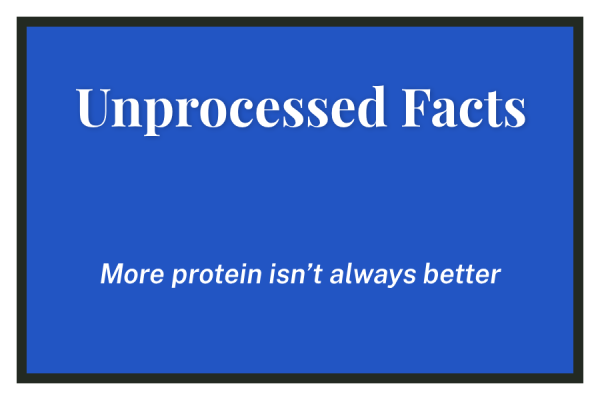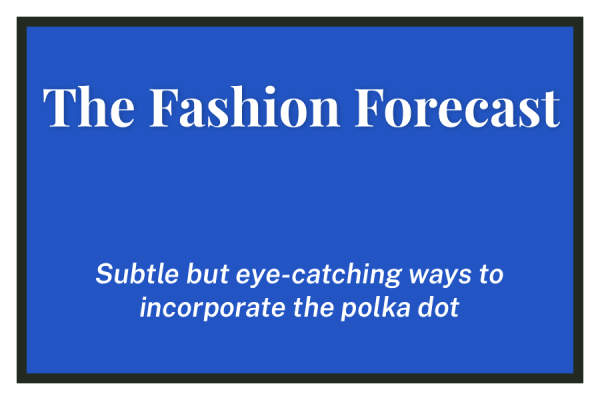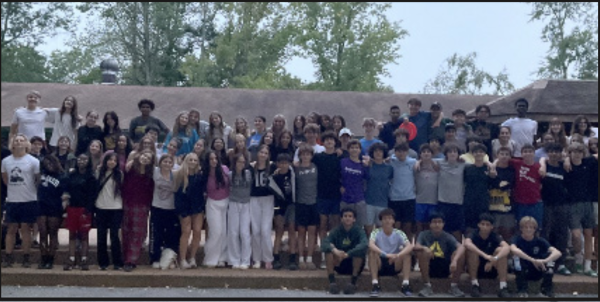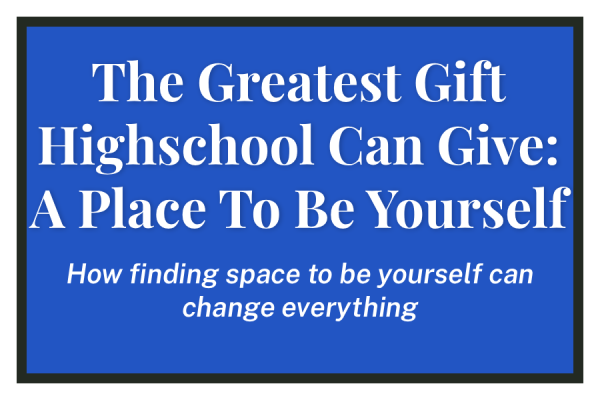Coyle’s Corner 10
What is Happiness?

Photo credit: Megan Stansbury
Ever since I started applying to colleges, adults have seemed to want to know three thing: where I am going to college, what I plan to major in, and worst of all, what am I going to be when I grow up.
I understand the first one–it is pretty standard, and it is one that I can answer. The second question I have a little more trouble with. The third question, however, is the one that scares me.
With available jobs for college graduates seemingly few and far between, college students face an interesting dilemma: Whether to pursue a career that may be more fulfilling but will pay less, or to get a job that may not make you as happy, but will pay more.
When one grows up, there are real world responsibilities, such as bills, rent, and other living expenses. This is just the reality of the world we live in today. It is unfortunate, but in truth, money seems to make the world go around.
This idea has been fixed in our brains through our idealization of the American Dream, taught to us through literature and pop culture. This basically outlines the idea that anyone can work hard and achieve success.
The American Dream also simultaneously suggests that one always has room for upward social mobility, that one can become rich.
If one’s “purpose,” according to the American Dream, is to get rich, then it would seem that it is easy to find the path to one’s happiness: simply pursue money. Chicago’s most famous poet Carl Sandburg has a different idea.
In his 1916 poem “Happiness,” Sandburg takes on the persona of someone who is searching for happiness. He asks a question to several people who should know the answer, but they do not. My English class and I have spent a week analyzing the works of Sandburg, and an entire semester studying poetry in general, so I’m ready to speak with some familiarity.
In the poem, a young man asks executives and professors to tell him “what is happiness.” None of these people have any answer for him. Instead “they all shook their heads and gave me a smile as though I was/ trying to fool them.”
Sandburg tells us here that happiness cannot be taught in a classroom, and certainly cannot be achieved by making money. It is not until later in the poem that Sandburg gives us a glimpse of what he understands to be happiness.
As he walks along the banks of the Des Plaines river, he sees not an expert but a scene that answers his original question: “I saw a crowd of Hungarians under the trees with their women/ and children and a keg of beer and an accordion.”
Happiness, Sandburg suggests, isn’t making money, and it isn’t necessarily pursuing a career that will fulfill you. Happiness is spending time with those you love.
At the end of the day, your career, or how much money you make, is irrelevant when compared to the happiness one can gain by simply spending time with those they love. Thank you, Mr. Sandburg, for showing us all what happiness is.
Bill Coyle is a senior and this is his first year on staff for the Parker Weekly. He is a columnist for the paper, and is excited to be a part of the weekly staff. He enjoys playing soccer, hanging out with friends, and going camping.


